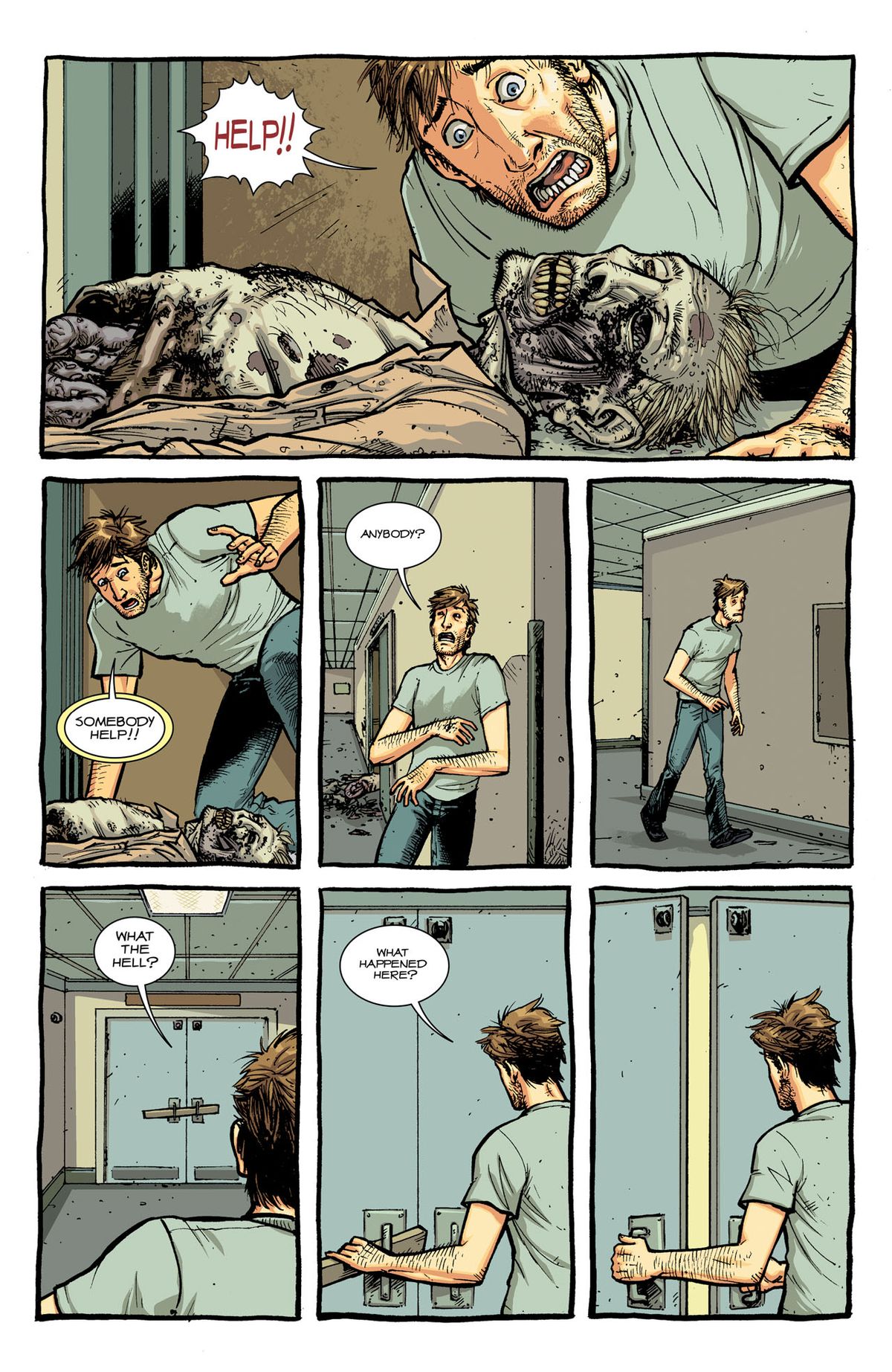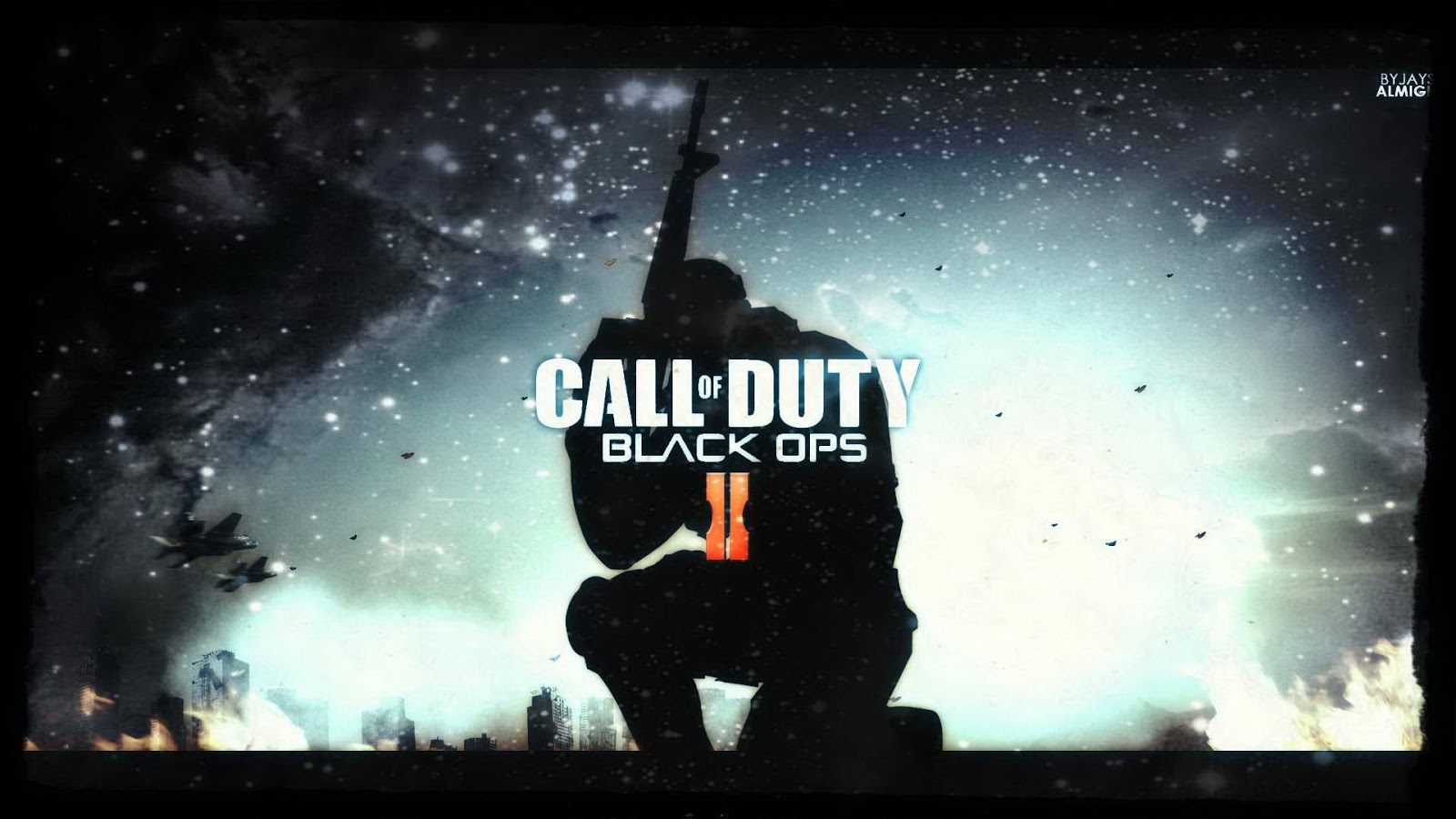A Plot Story Deluxe
Today’s post includes excerpts from What’s the Story? Building Blocks for Fiction Writing, chapter two: “Plot.” It’s a book that lays out the fundamentals of creating fictional stories, equipping you with the basic skills necessary for writing stories that engage. Enjoy!
Girl Lily gets assignment from a strange man Peter. She needs to break into the Duchess’s mansion and to steal her papers. Entering the mansion, Lily finds out that the duchess is engaged in black magic and is plotting against the King. Now Lily will have to disrupt the Duchess's cunning plans and save the kingdom from chaos. For Pikmin 3 Deluxe on the Nintendo Switch, GameFAQs presents a message board for game discussion and help.
What is a Plot?
A plot is a sequence of related events in a story.
Plot usually centers around the protagonist’s primary goal or challenge, the central story problem. Each event in the story pushes the protagonist toward a climax where they either succeed or fail to resolve the story problem. In a mystery, the challenge might be to solve a crime. In a romance, the goal is to find true love.
As the plot progresses, the stakes get higher and tensions rise. A killer is on the loose. If the detective doesn’t solve the crime fast, the killer will strike again. As the detective closes in, the killer taunts the detective and threatens his family. Then he kidnaps the detective’s daughter. The situation grows increasingly dire, desperate, or dangerous. The story intensifies at every turn.
The climax is the moment in the story where tension reaches its peak and the stakes are maxed out. The climax occurs near the end of the story and is followed by a resolution, which is when the central story problem (main plot) and all subplots are resolved. Getting to the climax isn’t easy for the characters; otherwise, there would be no story to tell. Therefore, the journey is hard on them, causing a lot of suffering. This results in a satisfying payoff at the story’s end.
In a tightly woven plot, all events are necessary and intertwined with the central conflict. Removing any scene or plot point would break the story. Readers lose interest when a story is filled with unnecessary excess: backstory that isn’t relevant to the plot, lengthy exposition about how a gadget works, and pages of description become tedious. Most readers don’t want to drift too far from the plot, get pulled out of the story, or be confused by tangents.

Readers keep turning pages for two reasons: they care about the characters, and they want to find out what happens. When a plot is well crafted, readers will stick around, because they want to see the detective catch the killer, or they want to see the protagonist find love.
Plot Types and Originality
It’s not uncommon for writers to develop a premise, concept, or entire plot only to realize that something similar has already been done. It’s tempting to throw the idea away and search for something more original. In some cases, that might be a smart move. But most of the time, throwing away an “unoriginal” idea is a mistake.
Plots are built around conflict, but there are only a few conflicts to choose from. There is some debate about how many conflicts exist. Some traditions argue for three; others identify four or more. Here’s a list of six:
- Man vs. man
- Man vs. nature
- Man vs. society
- Man vs. self
- Man vs. machine
- Man vs. supernatural
That’s it. The central conflict of every plot is based on one of these conflicts. Examine any story you can think of, and you’ll be able to classify it as one of these six conflicts.
Think of all the books you’ve read and movies you’ve watched. Can you think of any with a plot that doesn’t fit into one of these? Probably not, and that’s why trying to be original is a useless task.
Tips for Devising a Compelling Plot
- Goals and motives. Build a plot around the protagonist’s goals. What does the hero want? What does the antagonist want? What do the other characters want? Why do the characters want these things? Goals and motives are the driving forces behind the characters’ actions and decisions.
- Stakes. Tensions rise and stakes get higher as the plot unfolds. What will the characters gain if they succeed? What will they lose if they fail?
- Momentum. Make sure every scene and chapter move the plot forward in a meaningful way. If a scene can be cut without changing the story, then that scene is unnecessary.
- Plot versus character. Avoid plots that overshadow the characters, and avoid characters who do little more than guide readers through the plot. A good balance of compelling characters and a gripping plot results in the best possible story.
- Originality. Don’t worry about being original. Focus on developing fresh ideas for your story. Use the other elements—characters, setting, and theme—to enrich your plot and make it feel innovative.
- Resolution. When you finish your draft, make a list of the subplots. Are all subplots and the central plot resolved in a satisfactory way? If you’re planning to write a sequel, did you close the main plot but leave a story thread open?
- Plotting and planning. Making a list of your plot points gives you a good overview of your story, which you can quickly review to check for flow, pacing, conflict, and tension.
- Page-turners. Not all stories are page-turners, but if your goal is to keep readers glued to the story, plan plot points that intrigue and entice them.
To learn more about storytelling and plotting, pick up a copy of What’s the Story? Building Blocks for Fiction Writing.
A plot arises out of the actions and interactions of the characters.
On the whole, you need at least two characters to create a plot. Add even more characters to the mix, and you’ll have possibilities for more than one plot.
Most stories consist of more than one plot. Each such plot is a self-contained storyline.
The Central Plot
Often there is a central plot and at least one subplot. The central plot is usually the one that arcs across the entire narrative, from the onset of the external problem (the “inciting incident” for one character) to its resolution. This is the plot that is at the forefront of the story, on its most obvious, visible and therefore external layer. For instance, the central plot of a crime story traces the events to do with the detective solving the case. In an adventure story about the search for a treasure, the chain of events from the moment the treasure is first mentioned to its being placed in its final destination is the central plot. That’s why the central plot is often what a story is described as being about.
Subplot – The Love Story
There is likely to be at least one subplot. Classically, this begins around about the time the protagonist commits properly to the central plot – by devoting him or herself to solving the case or finding the treasure. In other words, once the hero has set off on the story journey. At about this point in the narrative, a particular character may appear or become suddenly more relevant.
A Plot Story Deluxe Book
Initial conflicts notwithstanding, this new interest is ultimately likely to help the protagonist on an emotional level. The conflicts and obstacles to be overcome may be hindrances that arise out of misunderstanding, rather than out of antagonism. And they may come to a head at a final moment of dilemma, where the protagonist has to make a moral choice which will have direct consequences for the central plot.
Though prone to cliché, this plotline has a vital role in making the story as a whole work, because it shows the protagonist growing as a human being, i.e. developing into a mature, self-aware and socially fully responsible person. This classic plotline is the love story.
Subplot – The B-Plot
If you look at TV series, especially the now somewhat old-fashioned type where each episode is a self-contained story (think sitcoms like The Simpsons or shows like The A-Team), you’ll notice that they almost invariably feature two parallel stories, the central plot and the B-plot. This design principle has several functions. For one thing, the viewer is less likely to grow bored – the variation creates liveliness and allows the authors to place cliffhangers. Having a B-plot also creates possibilities for contrast and juxtaposition, which makes for satisfying effects such as irony or humour.
The Power Of Four
The convention of telling a second plot “under”, or rather intertwined with, the central plot also has a lot to do with the power of four in storytelling. You may have observed that innumerable stories are built around four main characters – for example The Simpsons, The A-Team, Sex and the City, Stand By Me, When Harry Met Sally, Crouching Tiger, Hidden Dragon, and many more.
Constructing a story around four characters is by no means a rule, but it automatically entails that you have several parallel sets of relationships going on. In terms of scenes, while character A is interacting with character B, character C is free to interact with character D. This allows for “cross-cutting” effects to achieve interesting contrasts, variation and juxtaposition.
We’ll go into the reasons why the power of four is so pervasive in storytelling elsewhere.
A Plot Story Deluxe Trailer
Storylines And Plot Structure
In particularly well-crafted stories, each storyline echoes the others, for instance by treating the same overarching theme but showing it in a different light, from another perspective. If, for example, the theme is about the necessity for reform, then one plot may concentrate on the political reform of an organisation while another plot shows the reform process of an individual.
Furthermore, each storyline must go through the stages common to all plots. That is, a storyline must cover the entire range from the advent of a problem through commitment to the attempt to solve it, the task which arises out of that commitment, the story journey towards the goal with the aim of getting to the circumstance, situation, or state that is wanted, but first having to overcome various obstacles, and possibly having a moment of revelation leading to a learning effect. So a subplot may be less intricate than a central plot, but structurally it works along similar lines.
When children tell stories, they tend to string events together with “and then”. However, far more important than narrative sequence is the reason for the sequence. When you shape your story, put all the events of one filtered out storyline into the narrative order and link each causally. String the events of a storyline together with “because of that” instead of “and then”.
Subplot storylines are most satisfying when they cover the course of the story at roughly the same pace as the central plot, and overlap with it a key moments. When done really well, the final resolution will be one single plot event which brings each storyline to a conclusion. If that is not possible, then the subplots will come to their resolution very shortly after the climax of the central plot.
A Plot Story Deluxe 2
Related function in the Beemgee story development tool:
Storylines

See also:
- Video: How to use the FILTER Highlight and Filter (i.e. find) Your Plot Input...
- Relationships Between Characters, Part 3: Partnership Stories tend to show characters getting together. Stories don’t get ...read more...
- Internal Obstacles In stories, characters are faced with obstacles. These obstacles come ...read more...